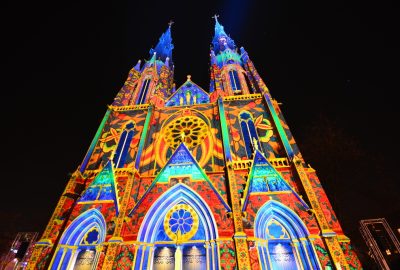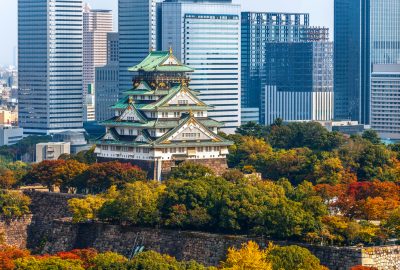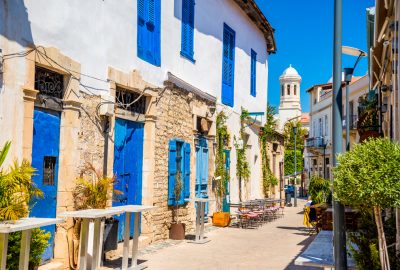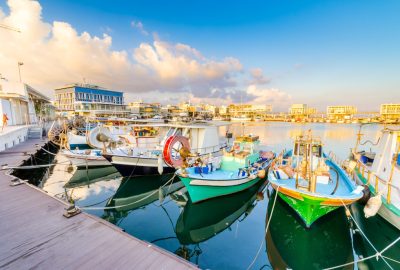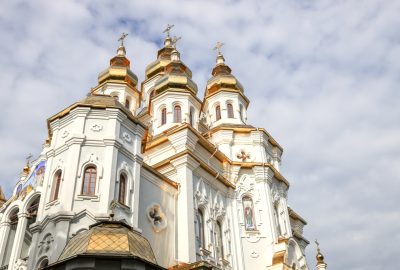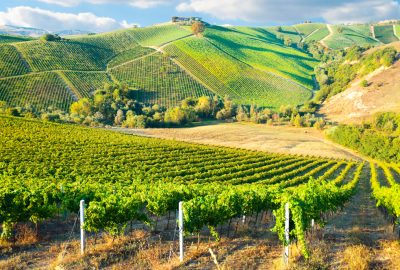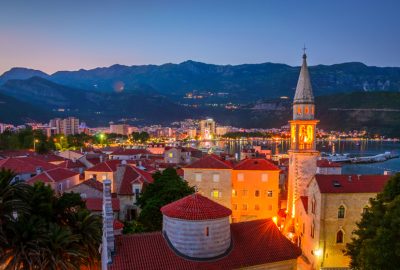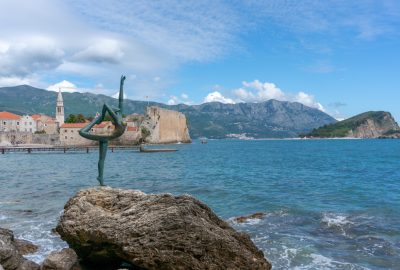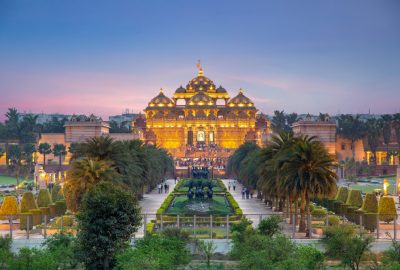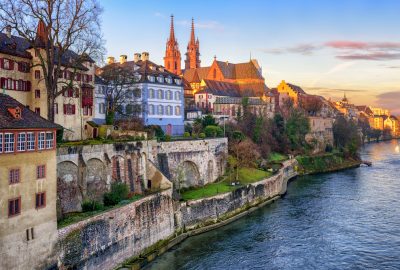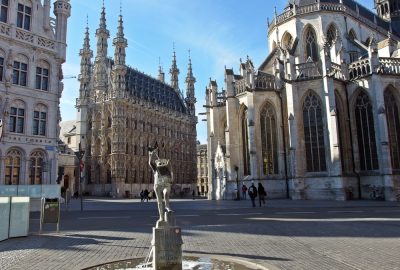Eindhoven is what would happen if IKEA would start to manufacture cities. It’s innovative, practical, easy to assemble, and surprisingly durable. My first encounter with Eindhoven was incidental. I vaguely recall a lady calling out a flight over airport speakers. That’s how I always thought about Eindhoven; as some meaningless airport city. Background noise compared to Amsterdam and all the other major destinations in the Netherlands. The truth is: Eindhoven is the backbone of the Netherlands’ industry. However, it began much earlier; even before people knew what industry is. The town dates back to the early 13th century. It was never a large city and that made it an easy target. Every time it got razed and pillaged, it rebuilt bigger and better. The real breakthrough for Eindhoven came with the Industrial Revolution. New roads and canals were built, connecting the city to major destinations in the Netherlands and beyond. Then came the Philips era.
Yup, Philips: one of the very few electronics companies that aren’t Asian. I still have a 15 years old Philips TV. That thing is indestructible. It still works flawlessly. The company was established in the late 19th century and they started with producing lightbulbs. Eindhoven got huge, by 1935 its population grew to over 100 000 people. Most of them came to work for Philips. A city within a city was built to house all those workers. Everything in the city was somehow connected to Philips, even the successful local professional football club PSV. The company moved its headquarters to Amsterdam in 1997. Emotions ran high and some accused Philip's management of denying their heritage or even outright betrayal. Despite all, its legacy remains in Eindhoven. Strijp-S is what was left of the industrial park in 1997 before it got repurposed in 2000. Now it’s a lofty residential area for the creatively inclined. They even keep bees on the roof of the building; it was turned into a sort of an urban farm. I’m not sure why it has to be on the roof, though. Maybe they’re preparing for the zombie apocalypse, you never know.
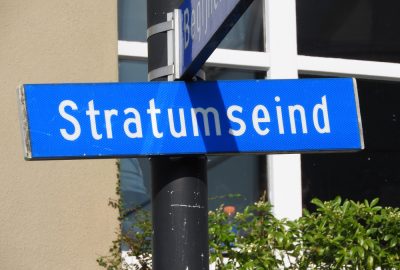
Stratumseind: without a doubt the best-known nightlife district in Eindhoven and even the south of the Netherlands
The design part of the “City of Design” doesn’t end there. St. Catherine's Church (Sint Catharinakerk) is one of the older “designs”. It was built in 1867, just before the conception of the Philips empire. You could say this church is the bridge between two very different times. It’s one of the most beautiful gothic churches in the Netherlands and a national monument. Climb one of the towers for an overview of the Stratumseind directly below. Or you could just walk towards the street instead of climbing a tower, but the view is nice. Stratumseind is the main nightlife street in Eindhoven, and the most “packed” in the Netherlands. It’s less than a quarter-mile long but there are almost 50 bars and clubs crammed into it. Absolutely ridiculous, locals call it the dirtiest street in Eindhoven.
Stratumseind is part of the old city centre. Although it does not really deserve the qualification “Old Town” it’s worth your time. Especially during GLOW, the light art festival held in November, when Eindhoven becomes a huge Christmas tree. “Lightbulb party” might not sound very cool, but wait till you see it. Everything from buildings to cars is lit up with bright colourful lights. It’s like Thailand, but then in the Netherlands and only for a day. It’s a celebration of artificial light, something that many of us take for granted. Various exhibitions are also taking place during GLOW. Many of them are held around the Admirant, one of the most popular shopping areas in Eindhoven. The mall is overshadowed by its entrance, known as the Blob. It looks like a deformed golf ball. But making people wondering: that’s what modern art is all about, right?
Don’t miss out on the Evoluon, yet another remarkable piece of surreal architecture. It’s also one of the Philips’ family gifts to Eindhoven. Still very impressive still but it must have been even unreal in 1966 when it was built. Looking like a massive mushroom, or a UFO, Evoluon has been a site for art shows, conventions, and even TED Talks. It was a science museum back when Frits Philips founded it to commemorate the 75th anniversary of the company.

